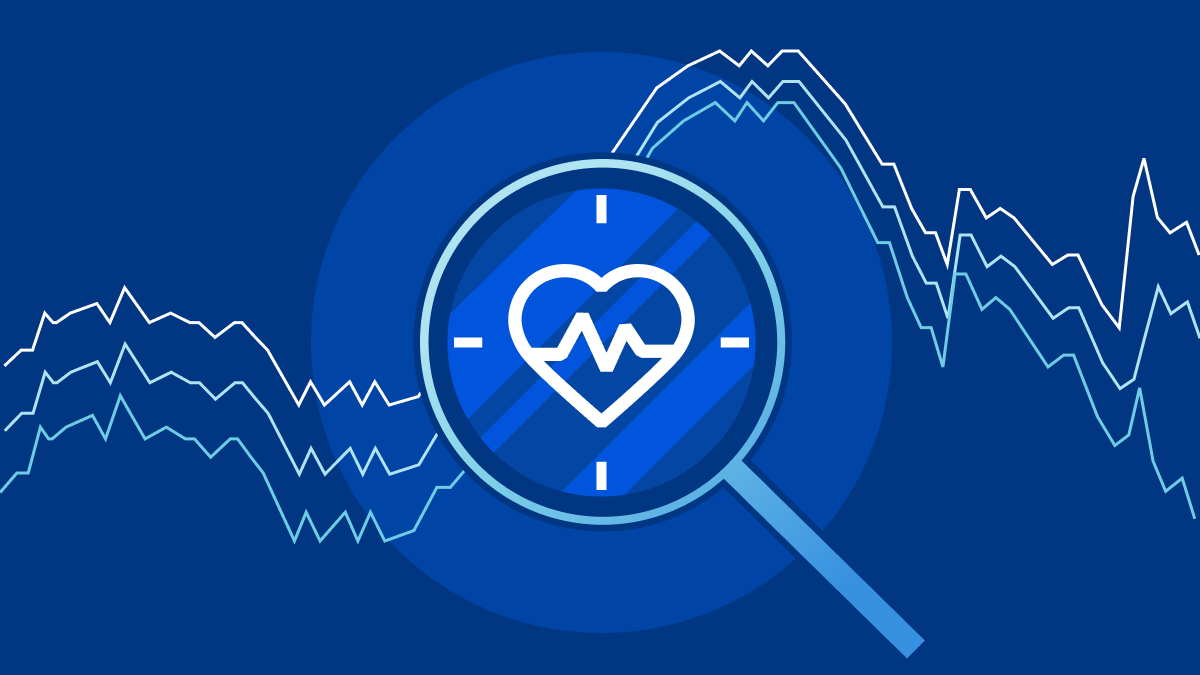Enterprises turn to single-vendor SASE for ease of manageability
Before the start of the Covid epidemic, a traditional WAN architecture with centralized security worked well for Village Roadshow. "Advanced security inspection services can be applied, firewalls can provide separation, and a demilitarized zone can be implemented," said Michael Fagan, chief transformation officer at Village Roadshow, the largest theme park owner in Australia.But it required backhauling traffic from remote sites to a data center or hub for security inspection, which can hurt application performance, create a poor user experience, and cost the company in productivity, he said.When the pandemic led the company to transition to a hybrid workforce, with most people working from home or from a remote site, it prompted Village Roadshow to rethink its network and security approach.To read this article in full, please click here



